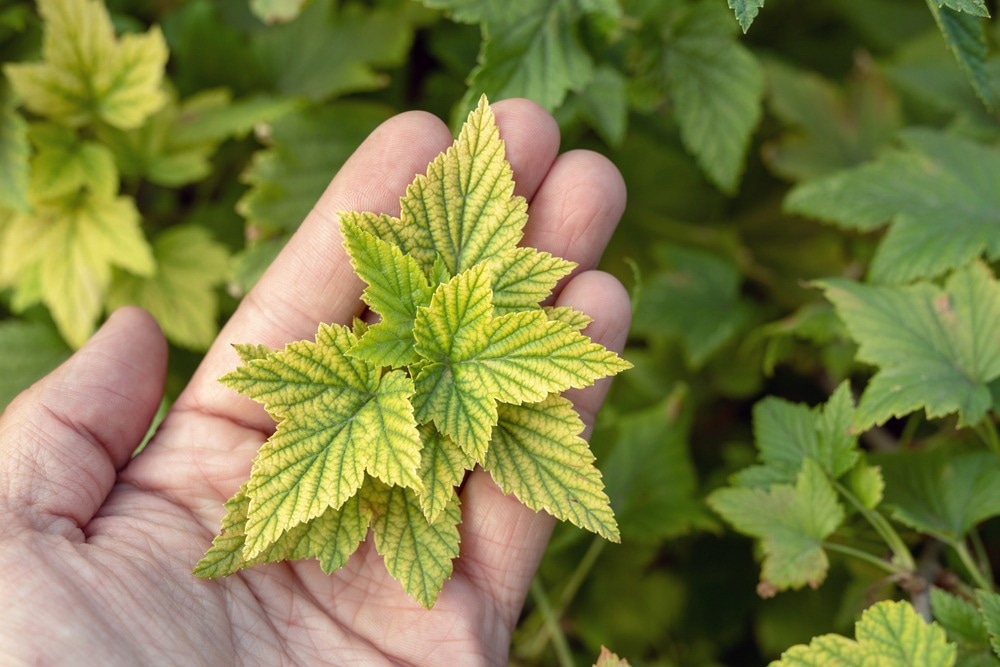An article published recently in Remote Sensing answers the critical question of the validity and precision of three-dimensional (3D) plant measurements. Combining experimental measurements with theoretical models of synthetic plant models, Professor Evgeny Gladilin and his colleagues at the Leibniz Institute of Plant Genetics and Crop Plant Research (IPK) have suggested solutions for reliable quantitative interpretation and analysis of 3D plant measurements.

Study: Virtual Laser Scanning Approach to Assessing Impact of Geometric Inaccuracy on 3D Plant Traits. Image Credit: Olya Maximenko/Shutterstock.com
In the past 30 years, methods for measuring 3D surface data from plants have been continuously developed.
Access to the plant architecture enables parameterization of plant canopies, individual plants, and organs, as well as tracking of the plant's geometrical evolution.
Since 3D measuring is non-destructive, it is possible to monitor the plant over a long time.
To distinguish between plant movement and actual growth at the level of plants and organs, 3D imaging is vital.
Plant phenotyping aims to close the gap between agricultural features, plant function, and genomics. As a result, 3D measuring tools are a good choice as they enable precise geometry and growth measurements.
3D Plant Measurement Methods
Various 3D scanning and geometry reconstruction techniques have been used to objectively evaluate 3D plant organization. Some of these techniques are listed below:
- Laser scanning
- Stereo vision (SV) or structure from motion (SfM)
- Structured light (SL)
- Space/volume carving
- Time of flight (ToF)
- Light field (LF) and Terrestrial laser scanning (TLS)
- Ranging (LIDAR)
While the 3D scanning methods above have achieved varying degrees of success, the accuracy of 3D-scanned plant models and how it affects phenotypic plant properties have rarely been explored.
Prof. Gladilin’s group used four plant architectures to develop a broad architecture for virtual laser scanning of 3D synthetic plants. They intended to answer the following fundamental questions:
- How much do the 3D plant attributes change when the 3D plant reconstruction becomes more inaccurate over time, as simulated by various sources of geometric noise?
- By incorporating inaccuracies of 3D plant features with the outcomes of computer simulations of synthesized plants, is it possible to produce a consistent quantitative description of plant morphology and physiology?
Synthetic Plant Simulation
The study was carried out using an open-source modeling tool, GroIMP v1.6, for modeling and simulation.
Artificial 3D models of the tomato, maize, cucumber, and arabidopsis plant shoot architectures were created and employed in virtual laser scanning studies.
The four synthesized plants offered different challenges for accessing the accuracy of the 3D image.
Complex plant morphology, overlapping and self-shading effects of leaves due to larger physical size, distinctive 2D vertical plain geometry, and circular, flat, approximately 2D shape with large overhanging leaves were simulated.
A virtual laser scanner was employed to mimic the process of scanning a 3D plant. The physical-based ray tracing model GroIMP uses to simulate light is the basis for the laser scanner.
Several standard scanning techniques, including spherical and cylindrical scanning, are possible with the virtual laser scanner.
The operation method was altered so that point cloud models of the scanned items may be created without regard to the optical characteristics of the objects or the color of the laser ray, as opposed to the customary calculation methods.
The calculation of the 3D structure's light absorption was employed as an additional indicator to the virtual laser scanner simulation to gauge how "complete" the synthetic structure is in relation to the original plant structure.
The complexity, size, number of objects and employed light rays, and their maximum recursion depth all directly impact the computing time for the light simulation.
In this work, three perturbation occurrences were studied. Each scenario initiates three ways that the plant's parts are lost. These occurrences can occur randomly, from the outside to the interior, and from the inside to the outside.
The analysis of virtual laser scans of the initial and successively thinner 3D plant models was carried out to determine the quantitative characteristics of the 3D plant architecture.
Results and Outlooks
The experimental findings demonstrated that various phenotypic characteristics of the entire plant geometry generally exhibit varying responses to gradual model perturbation.
As a result, some metrics, for instance, plant height, appear primarily independent of the proportion of missing surface area and reasonably robust to 3D scanning errors.
According to the findings, a plant's phenotypic characteristics tend to be more or less connected with the level of geometrical errors in determining the 3D structure of plants.
Integrative traits, such as plant area, volume, and physiologically significant light absorption, have a stronger correlation with the effectively visible plant area than linear shoot traits, such as total plant height and width.
By integrating measurement results with computer simulation of synthetic plant models, Prof. Gladion's team has addressed an essential issue regarding the validity and accuracy of 3D plant measurements.
Their findings offer recommendations for consistent quantitative analysis and interpretation of inaccurate data.
Additional research is needed to expand on the feasibility study's findings and to make the analysis of synthetic models' results helpful for quantifying actual 3D scans of plant structures.
References
Henke, Michael, and Evgeny Gladilin. (2022) Virtual Laser Scanning Approach to Assessing Impact of Geometric Inaccuracy on 3D Plant Traits. Remote Sensing 14, no. 19: 4727. https://www.mdpi.com/2072-4292/14/19/4727
Disclaimer: The views expressed here are those of the author expressed in their private capacity and do not necessarily represent the views of AZoM.com Limited T/A AZoNetwork the owner and operator of this website. This disclaimer forms part of the Terms and conditions of use of this website.